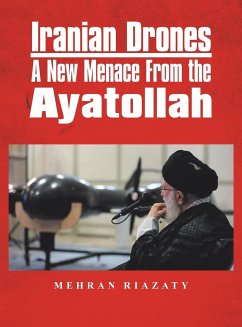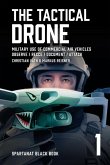In September 2007, the former Chief of the Islamic Revolutionary Guard Corps (IRGC), Mohammad Aziz Ali Jafari (2007-2019), said, "We must be flexible in confronting any threat. The IRGC's goal is to increase its resilience against enemies of Iran and the Islamic Revolution and strengthen the country's power and ability to deal with threats to prevent the enemy from acting against the country and the regime." Jafari stated that he would try to strengthen the IRGC's power in three ways: first, prepare the IRGC forces for asymmetric warfare; second, improve the country's intelligence collection power to have better information on enemy's activities in the region; third, improve country's missiles capabilities. Aziz Jafari did not mention strengthening and enhancing the use of drones or unmanned aircraft systems. It seems that the IRGC has been working and improving its drone technology covertly since the Iran/Iraq War. The IRGC has around 90 drones for commercial, surveillance, tactical, and suicide missions. The IRGC not only shipped its suicide drones to Russia to be used against Ukraine but also equipped its proxies such as Lebanese Hezbollah, Yemeni Houthis, the Syrian army, and Iraqi Shia Militia groups with all kinds of armed drones. The IRGC also has sold armed drones to Venezuela, Ethiopia, and soon Armenia to use in case of war again with the Republic of Azerbaijan. The Iranian drones look primitive and unsophisticated but are still very lethal. A small and innovative drone, made of wood and foam with a small engine carrying about 5 kg of explosives, may seem unimportant and impractical at first glance. But effectively using such a simple and primitive drone can impose a high cost on the enemy. Iran has decided to enter a drone market focusing on more accurate, longer-range drones. The use of technologically capable Iranian drones as Iranians advance their drone technology, with a more extended range and improved precision, can be devastating to ground forces.
Hinweis: Dieser Artikel kann nur an eine deutsche Lieferadresse ausgeliefert werden.
Hinweis: Dieser Artikel kann nur an eine deutsche Lieferadresse ausgeliefert werden.








